This is a meme I’ll never get sick of. Ever since Hideo Kojima boastfully claimed that Death Stranding wasn’t just a new game, but a whole new genre, I’ve been obsessed with finding more Strand games. Is Big Walk a Strand game? What about Handshakes? How about a game people have actually heard of, like Pokemon Go? Anything can be a Strand game if you squint hard enough, and until Kojima himself says otherwise, I’m going to continue to put this label on everything like it’s Black Friday at the Amazon warehouse. So yes, Mario & Luigi: Brothership is a Strand game.
What Even Is A Strand Game?
Defining a Strand game is hard – mostly because Kojima hasn’t defined it, and Death Stranding itself is, in many ways, undefinable. But I think the simplest way to understand what he meant about Strand games being a new genre is to think about the metaphor of the stick and the rope.
Kojima was influenced by the short stories of Japanese author Kobo Abe, and used the imagery of the stick and the rope as a way to critique games. In short, the tool you use informs how you interact with the world around you. Most games give you a stick: a weapon that keeps others away. Death Stranding introduces the rope: a tool that can bring people together.
Of course, Death Stranding has plenty of sticks of its own. Blood bullets and pee grenades are some of the best tools at your disposal to protect you from B.T.s.
Brothership imagines sticks and ropes as hammers and extension cords, but the themes at play in Mario and Luigi’s latest adventure are consistent with Death Stranding in more ways than you might expect. When the bros. arrive in the land of Concordia they find a vast ocean of islands each with their own individual society and culture. It wasn’t always that way though, and the focus of the game is bringing those islands back together and reconnecting the people just as they once were. Sounds a lot like Sam’s mission to reconnect the US colonies, doesn’t it?
If you’re thinking, “Gee, Brothership’s story sounds a lot like an oceanic version of Kingdom Hearts,” you’re right. Kingdom Hearts is also a Strand game.
The Conditions That Separate Us
As Mario and Luigi explore the islands of Concordia and reconnect them to the main network, they discover that people all across the ocean are suffering from an anti-social condition called Glohm. Those affected isolate themselves, rejecting their loved ones and turning their back on society.
A Strand game isn’t actually about making physical connections. While Sam travels across the country bringing the colonies back onto the grid, just as Mario and Luigi connect each lighthouse to ShipShape Island, their real impact is in the way they inspire people and help them rebuild their relationships. One of the most important storylines in Brothership involves Bowser Jr.’s strained relationship with his best friend. Another is about helping two rival scientists overcome their egos and collaborate with each other for the greater good.
There are enemies to fight, of course, but even the main bad guys give up their villainous ways once you help them find ways to reconnect with other people. In the end, defeating the evil Reclusa, the living embodiment of lonely isolation, requires the Bros. to harness the power of the bonds they help develop between people throughout the story. At its heart, Brothership is a story about making connections, which is the closest thing to the definition of a Strand game I can think of.
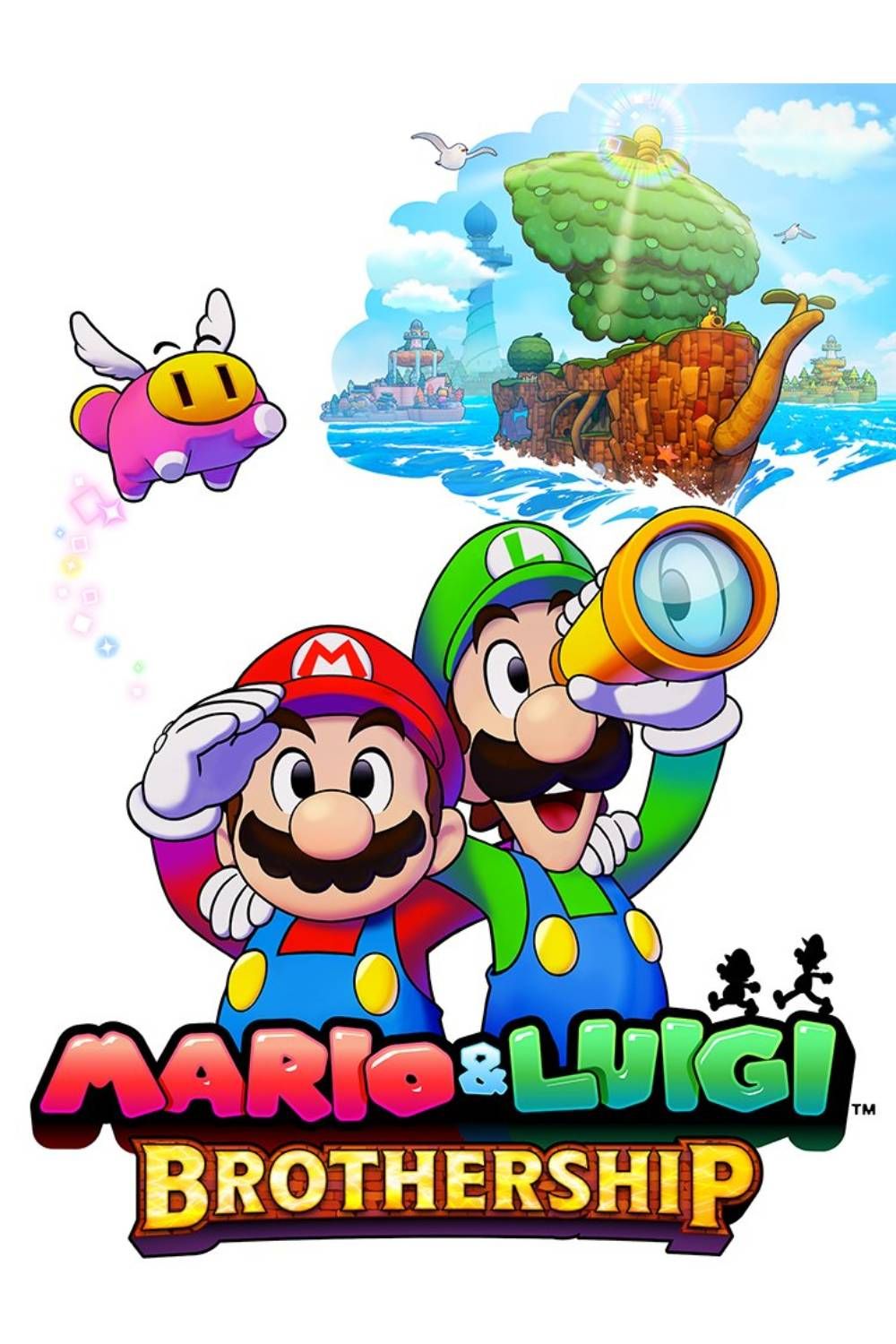
Mario & Luigi: Brothership is the first new entry in the RPG spin-off series since 2015’s Paper Jam. The plumbers board the island-ship hybrid Shipshape Island to explore all that Concordia has to offer.


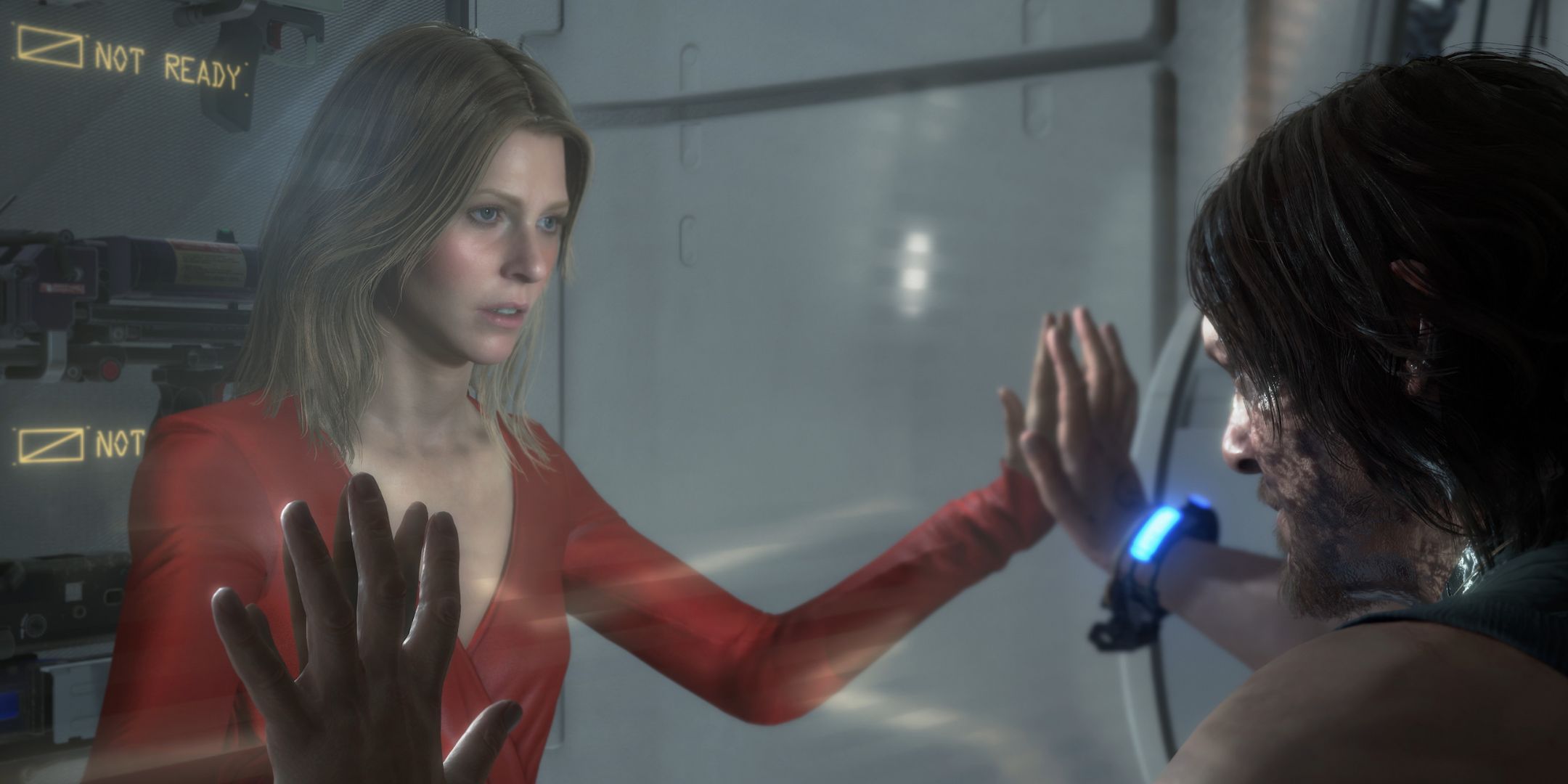
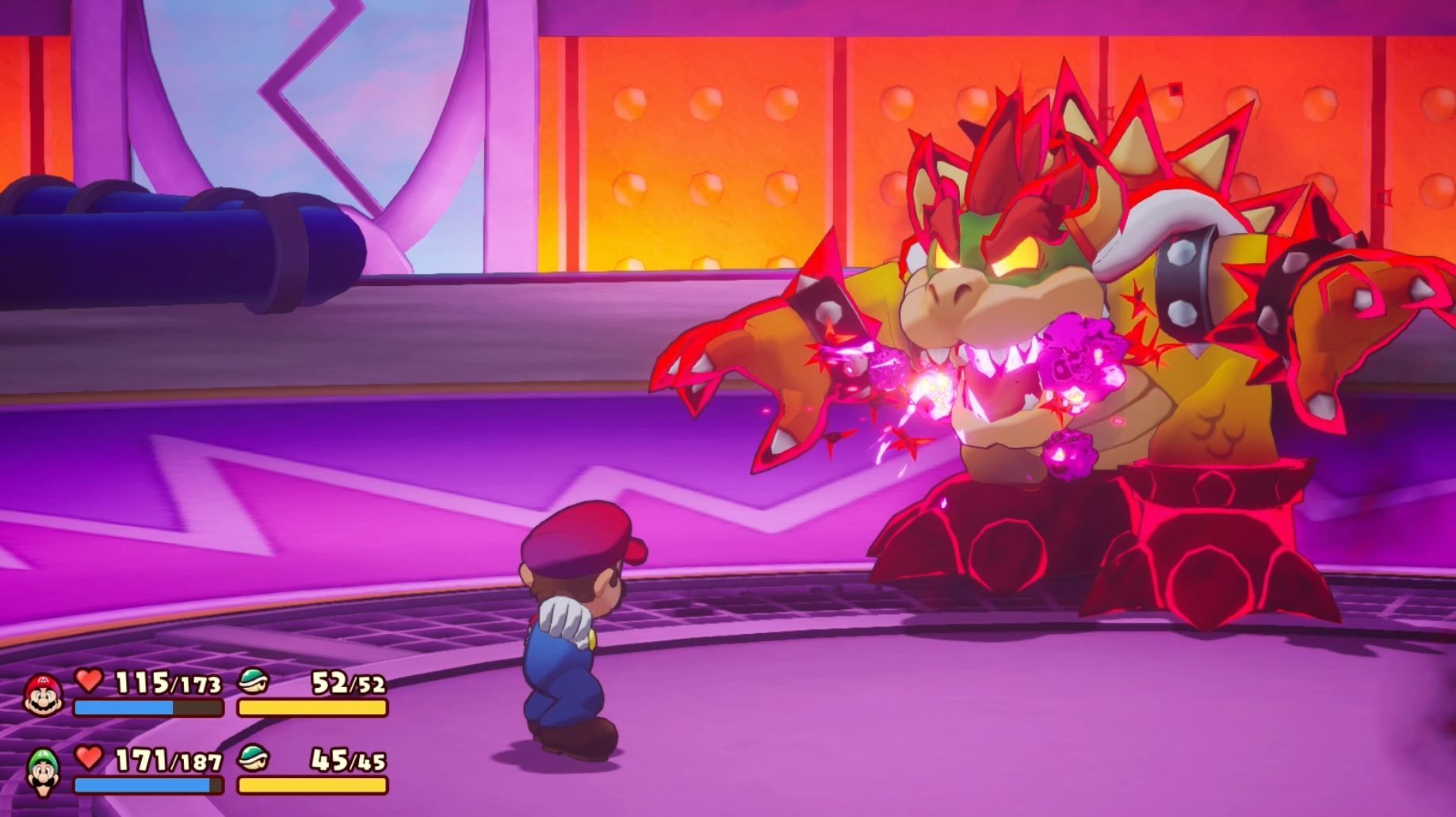
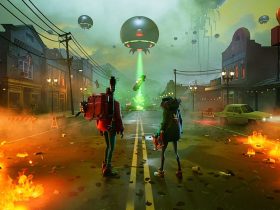
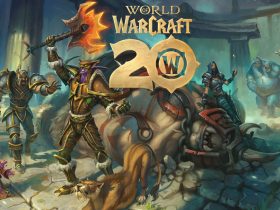
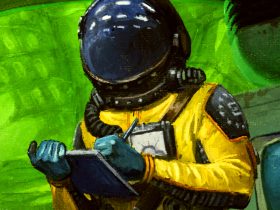
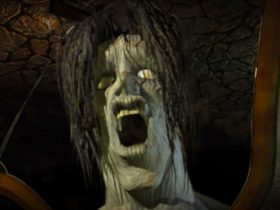

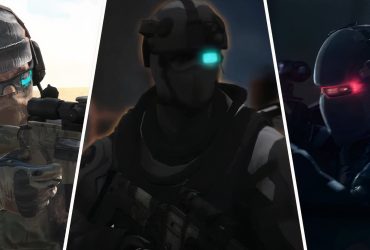
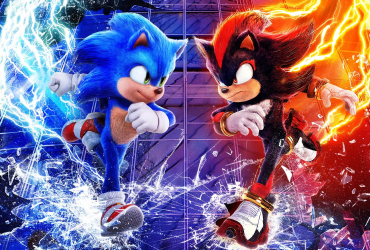

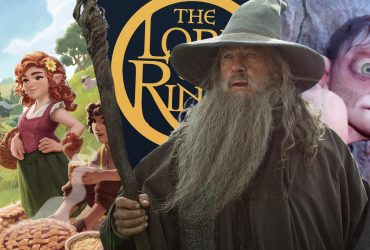
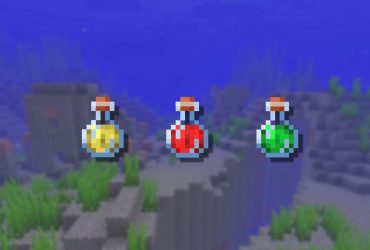
Leave a Reply